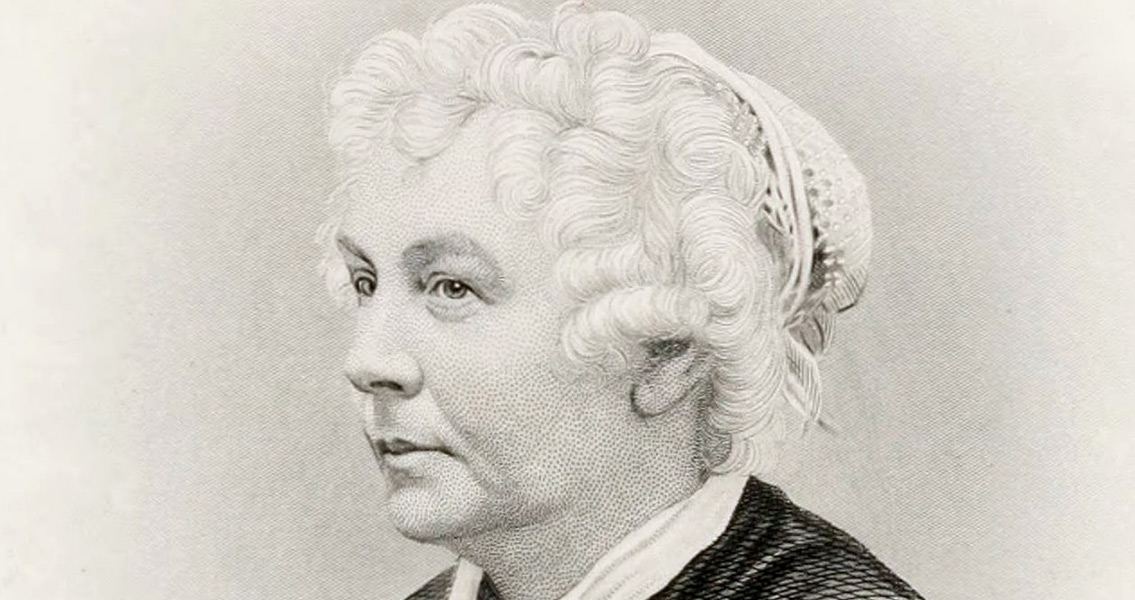<![CDATA[On 4th June, 1919, the Nineteenth Amendment was passed by Congress before being sent to the states for ratification. The culmination of nearly a century of campaigning by women's suffrage groups, the Nineteenth Amendment, which was eventually ratified in August 1920, gave women the right to vote throughout the United States. In 1829, Fanny Wright's book 'Course of Popular Lectures' and the journal she helped establish, 'Free Enquirer', advocated women being given the vote as well as other radical ideas for the time, such as the abolition of slavery, free secular education and birth control. Born in Dundee, Scotland, Wright had moved permanently to the United States in 1825. She purchased thirteen miles of land near Memphis, Tennessee, and set up a co-operative community named Nashoba. The radical community, which advocated the freedom of slaves, and free love, ultimately failed due to a lack of economic self sufficiency. Nevertheless, the experience proved influential, and after moving to New York at the end of the decade she began lecturing and publishing her radical but influential ideas across the United States. Wright's actions show that ideas of female suffrage had been advocated prior to the organisation of the movement for women's rights. For many Europeans heading to the United States in the early part of the nineteenth century, the country was held up as the one with the most effective democratic system in the world. However, the fact that its constitution failed to give women the same rights as men seemed to contradict this. Because the United States was still considered a 'new' country, many felt it was the one which had the most potential for radical reforms. The movement for women's rights truly gained momentum as a consequence of another great moral endeavor of the period: the abolition movement. Women played an important role in the campaign to emancipate the slaves, but often found that at conventions on the issue they were denied the right to speak because of their gender. Frustrated, Elizabeth Cady Stanton and Lucretia Mott decided to form a new movement to campaign for women's rights. They organised the first women's rights convention at Seneca Falls in New York in 1848, where some 300 delegates agreed that as well as better opportunities for employment and education, women deserved the right to vote. Although pushed into the background by the onset of the US Civil War, with many of the female suffrage campaigners distracted by involvement in assisting the war effort, the suffrage movement gathered momentum again after the conflict. The passing of the Fifteenth Amendment enfranchised African American men, but excluded women, highlighting that reactionary attitudes still dominated when it came to gender equality. This injustice seemed to further motivate female suffrage movements, with a host of women's rights organisations forming in the post Civil War period. By 1878, representatives of the National Woman Suffrage Association and other suffrage groups had gained enough influence to start lobbying Congress. A proposed amendment to allow women to vote finally reached the Senate in 1886, but was defeated. Over the next forty years the suffrage movement became more militant, organising pickets, marches and acts of civil disobedience to draw attention. Between 1910 and 1918, sixteen states passed female enfranchisement at state level, highlighting the growing momentum of the cause. Representatives from both the Democratic and Republican parties increasingly lent their support to female enfranchisement. Finally, on 4th June, 1918, the Amendment passed through both houses of Congress.]]>
The Path to the 19th Amendment
